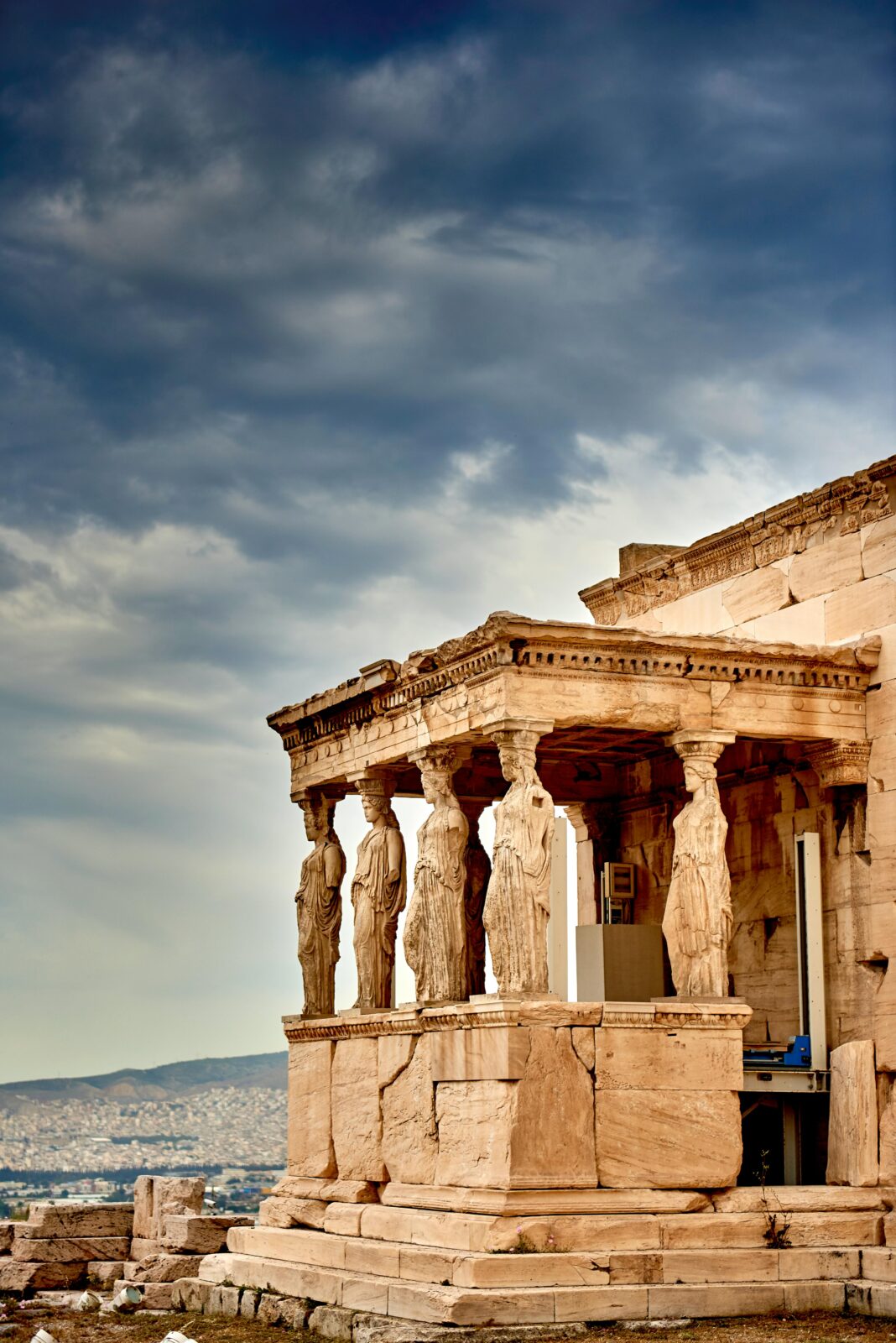A study in Greece shows how weather events affect cultural heritage
Rising temperatures, prolonged heat and drought are affecting climate change worldwide. Now, the first study in Greece that examines the effect of climate change on the future microclimate of historical monuments and artefacts shows us how extreme weather events will also affect the country’s cultural heritage.
“Like the human body, monuments are built to withstand different temperatures. Thanks to our data, we were able to calculate the impact of the climate crisis on artifacts in museums and archaeological sites,” study author Efstatia Tringa, PhD student and researcher, told Kathimerini in Meteorology and Climatology at the Aristotle University of Thessaloniki.
To collect the necessary data, sensors measuring temperature and humidity have been placed in the archaeological site and museum in Delphi, as well as in the archaeological museum in Thessaloniki and in the 5th century Byzantine church “Panagia Acheiropoetos”.
Overall, the findings of the study are that the combination of rising temperatures and higher humidity levels in the coming years could seriously affect the chemical composition of some materials used in construction or artefact production, thereby accelerating their decomposition or contribute to the spread of destructive molds. The challenges are even greater for outdoor monuments, which “will have to adapt to the new temperature conditions,” explains Tringa.
The study shows specifically that the likelihood of damage increases as the climate warms. “By 2099, there will be 12 percent more years at risk for monuments than in the past,” she says, pointing to current temperature trends.
Changes can also be seen inside the two museums, although they are equipped with air conditioning systems. In summer, the temperature inside them remained below 30 degrees Celsius, even when the outside temperature reached 40C. In the church, however, the internal temperature rose in line with the external temperature, sometimes reaching 35C.
“The temperature levels in the museums did not change significantly, although we saw a sudden spike in July last year during the very long heat wave,” says Tringa.
Without air conditioning, with many wooden details on the ceiling and with paintings 800 years old, the Byzantine church, on the contrary, is much more vulnerable. The equipment of such monuments with climate control systems is clearly indicated.
“What is interesting from our point of view concerns the amount of energy that museums will have to consume in the future to maintain these specific temperatures,” she adds.
Asked if there was a list of museums or monuments that should be prioritized, Tringa emphasized that “all our monuments are important. What people need to keep in mind is that by protecting the past, we are improving the future.”
Photo by Josiah Lewis: https://www.pexels.com/photo/stonewall-palace-772689/











